Help! My Child is Struggling with Reading!
If your child is struggling with reading and you suspect they are a kinesthetic learner, we can help! Reading is hard for kinesthetic children primarily because they learn by moving and because they think in pictures. And let’s face it: the way we teach reading requires children to sit still and try to make sense of a bunch of symbols.
The Basics of How to Help
1. Struggling readers will need to regain belief in themselves. The best way to help them with this is to make sure they understand their learning strengths. Tell them that you are going to use something that matches their ability to learn quickly and permanently; tell them if they see a picture of what they are learning and if they use a matching body movement, learning will be easy for them!
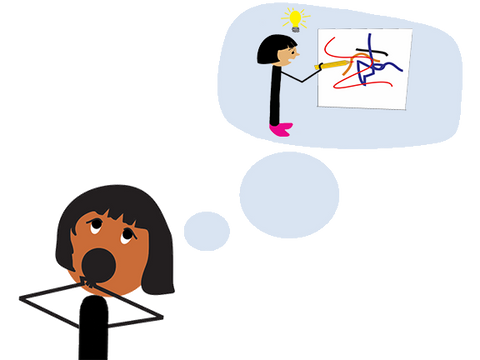
2. The second critical point is that struggling readers will need to see rapid success in order to attract them to try to read once again. Getting a child reading doesn’t have to take years.
3. Keep in mind that if kinesthetic children are struggling with reading, it means they have already been taught using a traditional method and traditional materials. If they are struggling it also means neither has matched their learning abilities. We need to use something radically different if we want success.
The Specifics of How to Help
Here are four broad scenarios. As you read them, see if you can find the scenario that best fits where your child is in relation to reading.
1. How to help children who have been taught reading and it just isn’t working – or for kinesthetic beginners:
- They might know letter names and/or are able to sing the ABC song, but aren’t solid with letter sounds.
- They might recognize a few basic words, but even what they know one day seems to be gone the next day.
- If you have a beginner who isn’t taking naturally to early language skills, this is for them. It's much better to start them with something that matches their learning abilities.
This group of children are those for whom working with symbols (letters) is nearly impossible. They don’t learn at all by memorizing facts, such as letter names and sounds, they don’t “get” that sounds string together to make words. Basically, when they see symbols, they can’t attach any meaning to them.
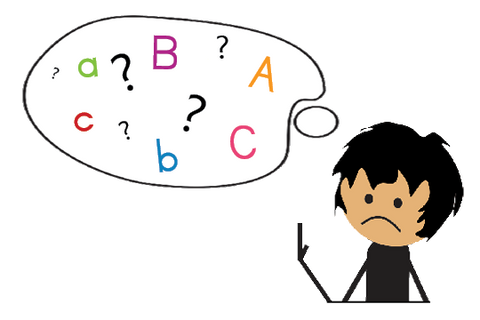
The very best thing to do for these children is to use an approach to reading that is designed to completely tap into the way they learn because learn they can!
- Reading is taught from the beginning using images, stories, and body movement/hands-on activities that make sense to the child.
- Reading is introduced with as few details as possible so that by Lesson 20, with only 8 sounds and a handful of sight words, the child is reading a book! The reason this is important is that getting kinesthetic learners reading right away will make sure they “get” what reading is, will provide them with success early on, and will fuel their motivation and engagement with reading.
- Reading is taught showing children the big picture first, and then breaking words/language down into the necessary pieces (spelling and phonics), but all from within their learning strengths.
- Children will discover how they learn by using this different approach. The reason this is so important is that long after they are reading well and are out of elementary school, they will be able to create their own helps and learning prompts.
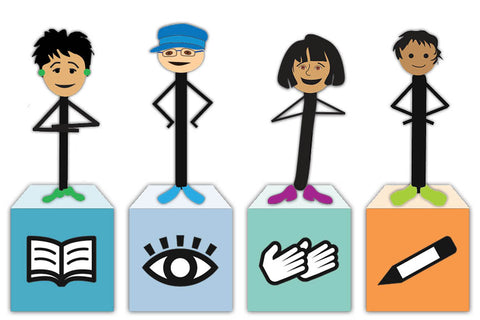
Using Easy-for-Me™ Teaching Kit 1 will take your children from zero to reading at a solid post-1st-grade level, all from a kinesthetic/visual approach that is designed especially for visual and kinesthetic learners.

Easy-for-Me™ Teaching Kit 1 will require about 20-30 minutes a day, so you can use it for homeschooling OR you can use it to bring your child up to speed by teaching missing basic skills.
We have reports of success with kids even up to age 11 who were non-readers. There is something especially fine about striking a match between a child’s learning needs and the correct resource, and seeing the wonderful outcome for the child!
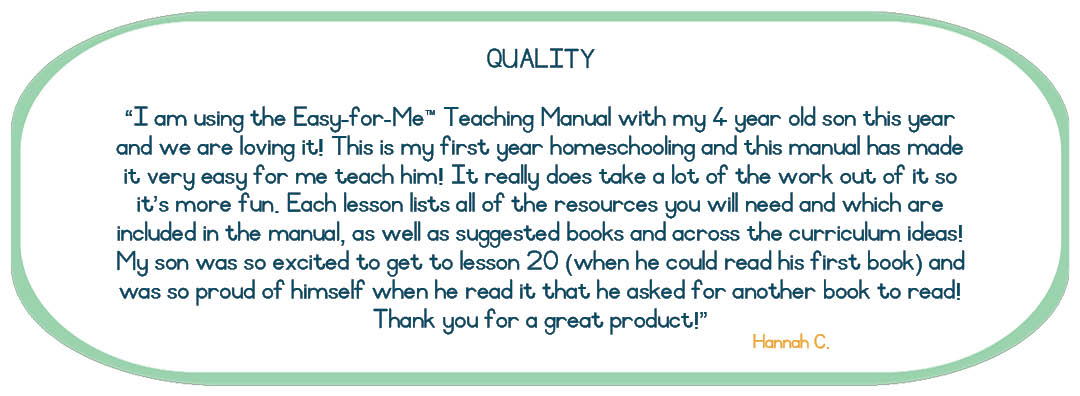
2. How to help children who have some basic skills, but who are working too hard to read:

- These students know their basic sounds.
- They can sound out words but might be trying to sound everything out.
- They read laboriously, but might not comprehend what they are reading.
- They figure out a word only to not remember having seen it later.
- They read but guess at words.
This group of children is not able to read for content and this is a problem because all through school, reading is the basis for learning anything else. The worst thing is that, especially for a kinesthetic learner, when reading is so hard, they might just give up.
Our primary goal with this category of learning is to increase children’s fluency and comprehension before tackling the structure of language (phonics and spelling). This will accomplish the essential goal of producing readers who enjoy reading.
The easiest, most straight-forward way to accomplish our goals for these children is to use SnapWords®. This resource is nearly magical in producing fluency and comprehension for children.
Here’s why:
- SnapWords® are carefully-selected words that make up most of what children read.
- These words are then embedded in pictures that show what the word is and what it means.
- Every word has an accompanying body movement; something that is critical for kinesthetic learners.
- Finally, a sentence using the word is provided that creates a mini-story that is illustrated by the word picture on the front of the card.
This design provides instantly all the hooks for learning and remembering that most children need in order to be successful in learning.

Once your kinesthetic children have mastered the collection of SnapWords®, they will be able to read fluently; you can then teach them the nuts and bolts of reading (see category 4 below).
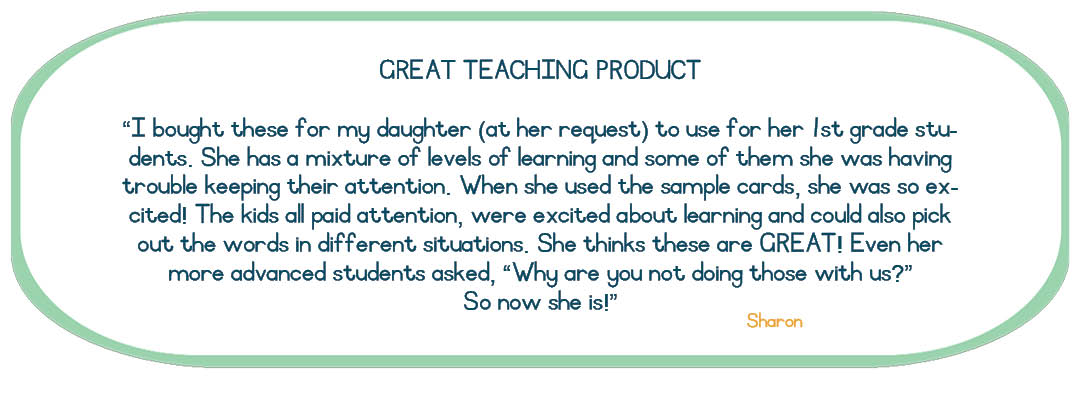
3. How to help children who know their basic sounds and a handful of the most common sight words, but are not progressing as you feel they should:
The children in category 3 differ from those in category 2 in that they have less understanding of how to tackle reading. They have learned some basics, but your intuition is telling you that it would be best for them if you teach every aspect of reading in a way that is specially designed for them. They don’t just need a little jump-start. They need reading taught in a way that they can learn and that will set their course toward success.
Easy-for-Me™ Teaching Kit 2 will empower you as you teach your struggling readers all the concepts of reading. Skills taught include:

- SnapWords® high-frequency words
- Grammar
- Vocabulary acquisition
- Phonics and sound spellings
- Phonemic awareness
- Spelling
- Comprehension
- Writing
- Reading Fluency
Upon completion of this kit, your kinesthetic children will be reading at a solid post-2nd-grade level, amply prepared to read content across the curriculum. As children progress through the lessons, they will discover a lot about how they learn. This is important because understanding their own learning strengths will empower them to help themselves in the future.
4. How to help children who are struggling because they just don’t understand the structure of language:
These children will display some of the following characteristics:
- Don’t know how to spell
- Have trouble figuring out new words that include letter combinations such as EW, OUGH, IGH, etc.
- Confuse words that look similar to each other
- Have trouble making words plural or past tense
- Don’t know special endings
Kinesthetic learners need to discover the patterns that make sense of our very confusing language. Teaching them phonics rules which they have to apply to figuring out new words just doesn’t work. They can’t rely on memorizing to learn the structuring of words because they don’t learn and remember this way.
Some children are struggling readers because they are hung up on the inconsistencies in our language. They can’t find order and so they shut down. Children as old as middle school who fail spelling tests consistently also struggle with reading because they just don’t “get” how our words are put together.
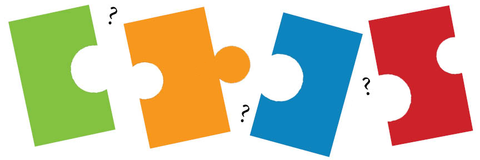
A visual/tactile approach to learning the structure of language has proved to be the one thing that could take middle school students reading at a 2nd-grade level and propel them to grade level. Once they understood how our words are structured, they suddenly began to see all the patterns that exist in our language and reading became much easier for them!
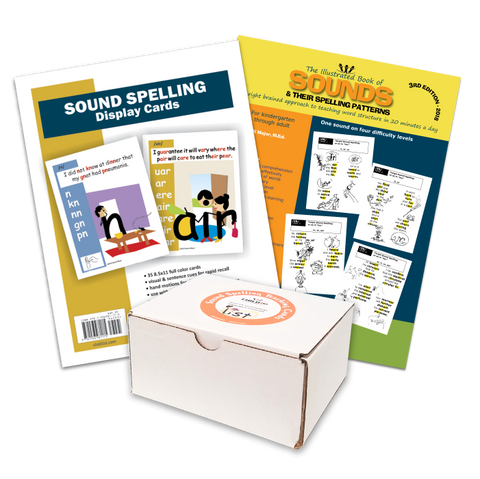
The wonderful thing about the Right-Brained Phonics & Spelling Kit is that it covers word structure from preschool through adult! It is not age- or grade-specific, rather it is language specific. The benefit to students of using this collection of resources is that while they are learning the building blocks of words, they will:
- Gain reading fluency
- Learn to decode unknown words easily
- Gain a huge vocabulary
- Increase their comprehension

Conclusion
We are here to help! If you would benefit from discussing your child’s needs more specifically, please reach out to us. Together we can find the best resources and strategies that will best bring success to your child!





Leave a comment